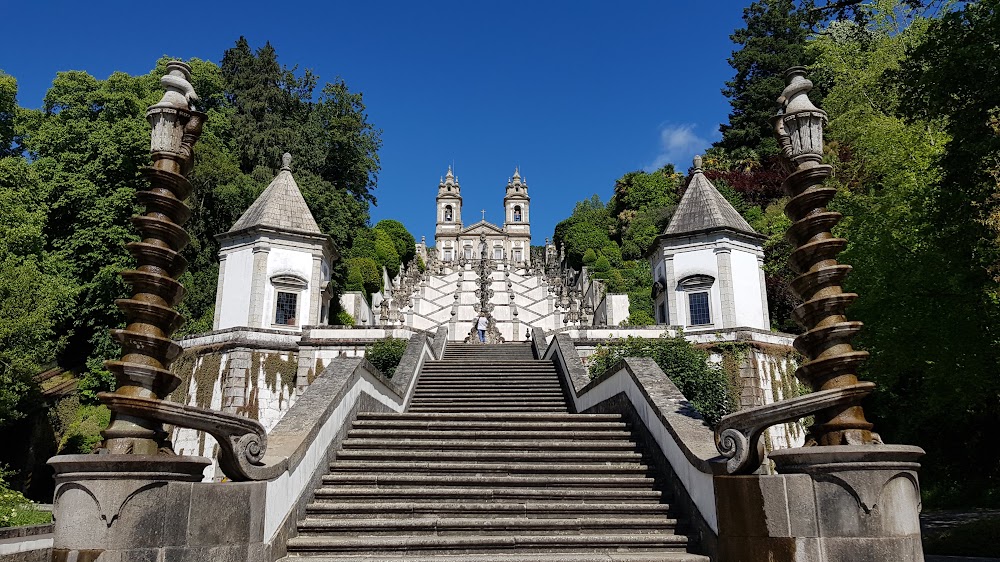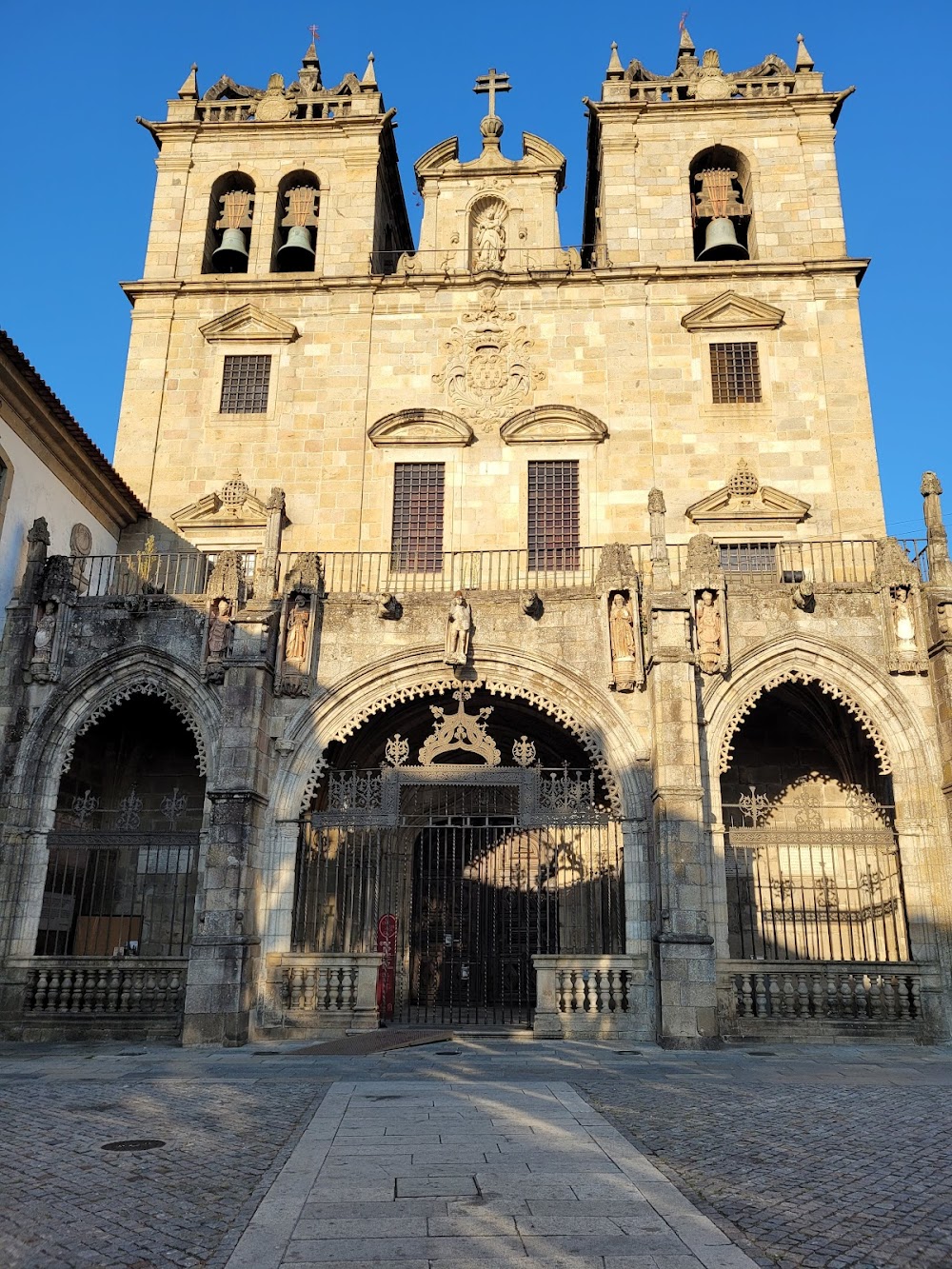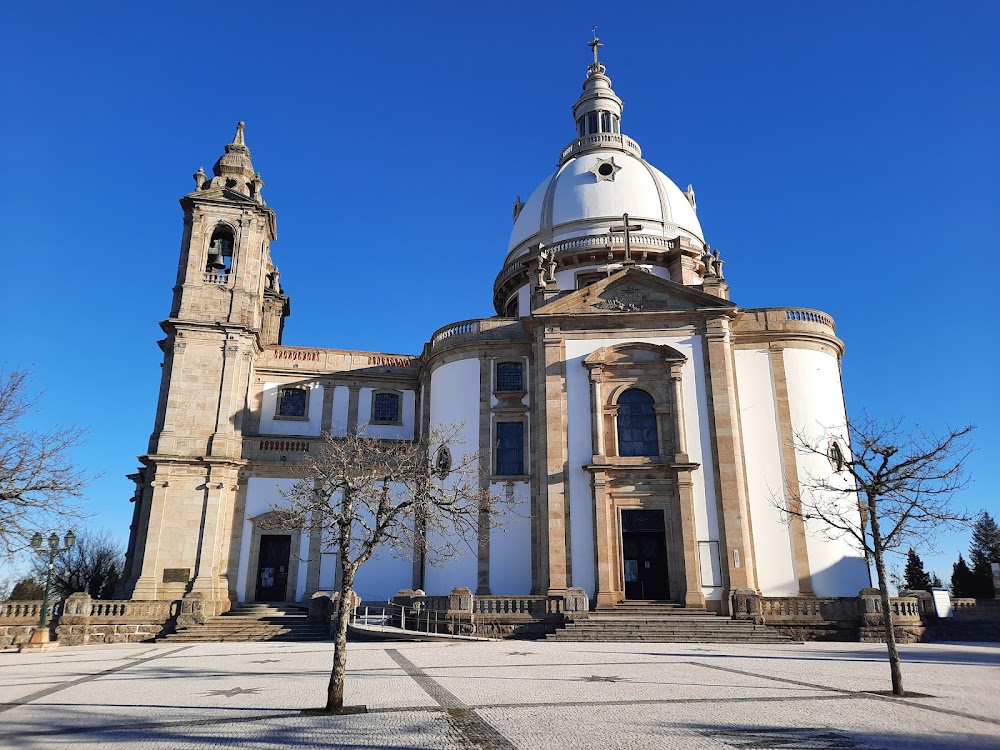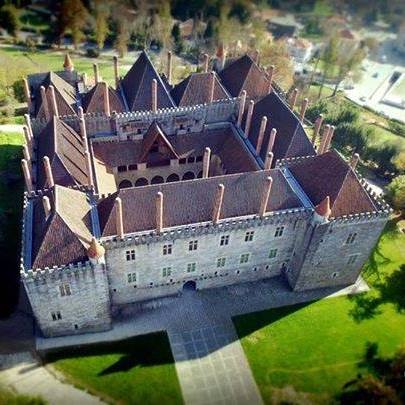Bom Jesus do Monte (Santuário do Bom Jesus do Monte)
Overview
The Bom Jesus do Monte, situated in Braga, Portugal, stands as one of the most stunning examples of Baroque architecture in the world. This sanctuary is not only a revered pilgrimage site but also a masterpiece that beautifully intertwines nature, spirituality, and human artistry.
Construction of Bom Jesus commenced in 1722, initiated by the Archbishop of Braga, Rodrigo de Moura Teles. The vision was to create a sacred space that would inspire piety and reflection among the faithful. This complex was built to replace a smaller chapel dedicated to the Holy Cross, as the Archbishop sought to evoke awe and attract pilgrims from far and wide.
At the heart of the sanctuary is its baroque stairway, an impressive ascent of 577 steps that zigzags up 116 meters through lush greenery. The stairway is divided into three thematic sections: the Portico Stairway, the Five Senses Stairway, and the Three Virtues Stairway, each symbolizing the spiritual journey from the ordinary to the divine.
The journey begins with the Portico Stairway, featuring wide, inviting steps leading to an initial porch. This section prepares pilgrims for their spiritual ascent, promoting contemplation and readiness. Small chapels flanking the stairway depict scenes from the Passion of Christ, setting a reflective tone for the journey ahead.
Ascending further, pilgrims encounter the Five Senses Stairway, where each of the five senses is represented through fountains and statuary. These fountains symbolize purification, echoing the Christian tradition of water as a cleansing force. Here, pilgrims are encouraged to purify their senses—sight, hearing, touch, taste, and smell—before continuing their spiritual quest.
The final stretch, known as the Three Virtues Stairway, is dedicated to the theological virtues of Faith, Hope, and Charity. Statues representing each virtue are strategically placed along the stairway, prompting pilgrims to reflect on these principles as they ascend toward the sanctuary.
At the summit lies the church itself, constructed between 1784 and 1811 and designed by architect Carlos Amarante. While it exhibits neoclassical influences, the interior is marked by an elegant simplicity that draws attention to the altar, enriching the spiritual experience without overwhelming ornamentation.
Surrounding the church are meticulously landscaped gardens, tranquil reflecting pools, and additional chapels depicting scenes from both the Old and New Testaments. These serene spaces provide pilgrims with opportunities to rest, reflect, and pray, all while harmonizing with the natural beauty of the environment.
Adding to the unique experience of Bom Jesus do Monte is the funicular, built in 1882 and recognized as the oldest water-powered funicular in the world. This innovative transportation method uses water weight to balance ascending and descending carriages, offering an eco-friendly alternative for those who may find the stairway daunting. It continues to operate today, serving as both a practical means of transport and a historical treasure.
In 2019, the sanctuary was designated a UNESCO World Heritage Site, a recognition underscoring its religious significance as well as its cultural and architectural contributions to humanity.
The enduring legacy of Bom Jesus do Monte lies in its ability to inspire both awe and reverence. It is a place where visitors—whether on pilgrimage or simply exploring a historical site—can forge a deeper connection between faith and the natural world.






